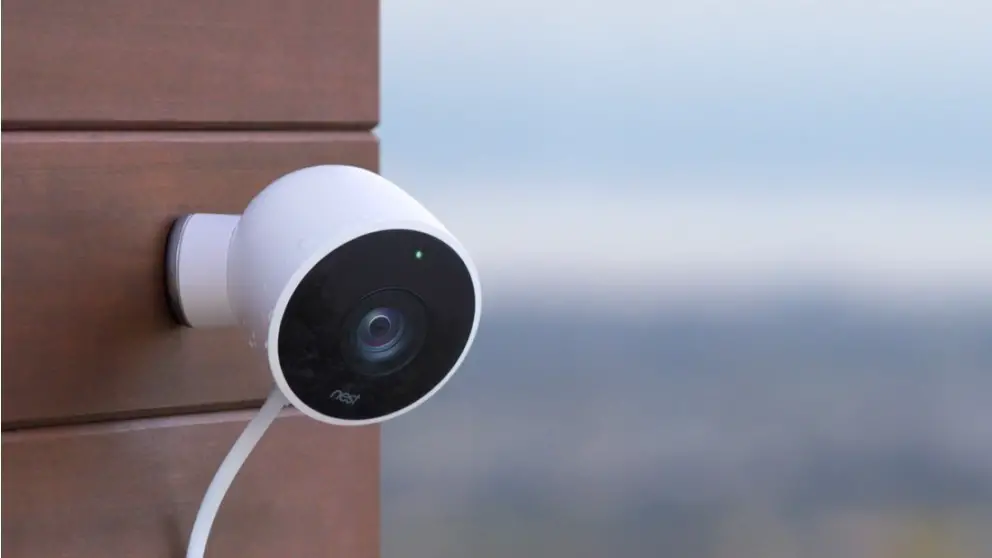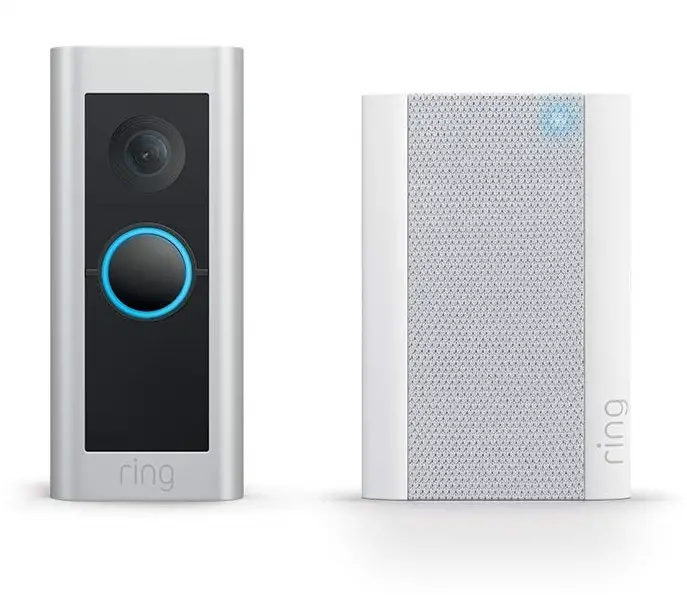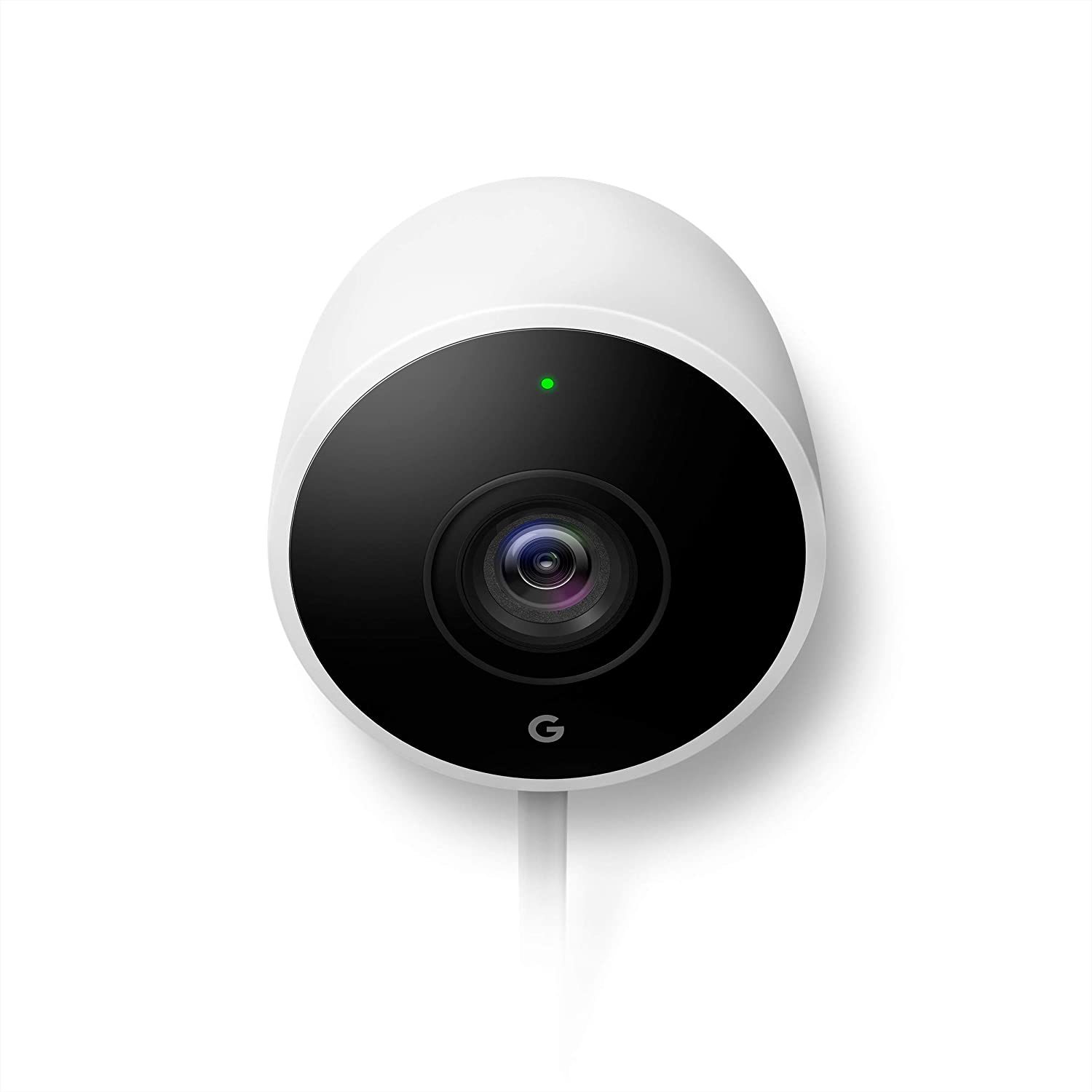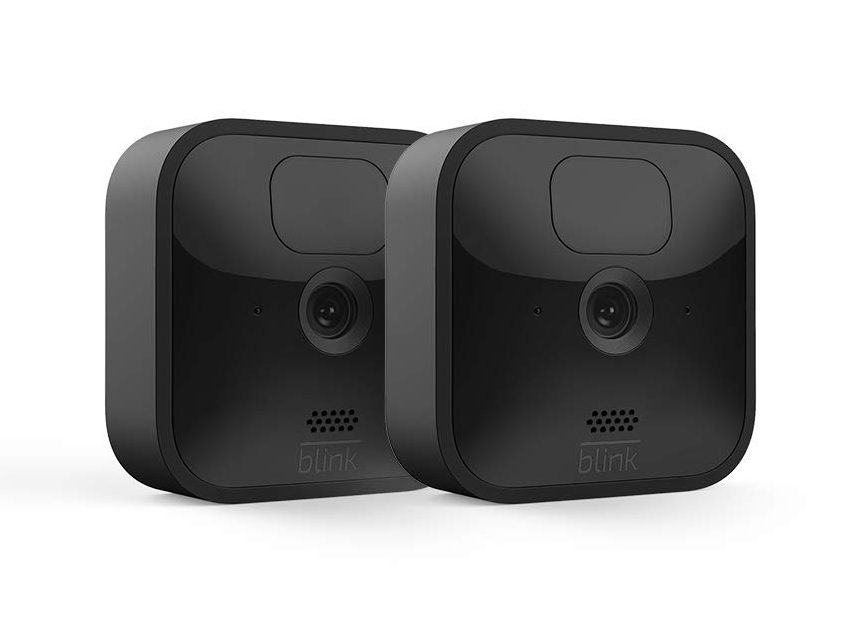In this article, I discuss home surveillance cameras, in particular, how to use them for your home, including the three best home surveillance cameras.
I will also go over some guidelines that you need to be aware of when placing/installing your cameras.
Like I have said about alarm systems in this article, these security cameras don’t provide security.
They provide surveillance.
So, they should really be called home surveillance cameras.
What I am going to focus on in this article is providing an understanding of a few basic principles about cameras for use in our homes.
This article features the following topics:
- The 3 best home surveillance cameras that you can buy online and do-it-yourself and install them on your own.
- How to choose a home surveillance camera for your house?
- What to look for if a company is going to install cameras at your home?
- What to do if you are adding cameras to home alarm systems?
- Where (and where not) to place home surveillance cameras.
- Final Tips and Conclusion
The 3 Best Home Surveillance Cameras
#1 Ring Video Doorbell Pro 2
Ring has a solid reputation for working well.
The Ring home surveillance cameras are great because they can see people as they approach the door and they offer two-way communication between yourself and whoever is at your front door even if you’re not home.
These cameras are quick and easy to install.
One thing to keep in mind is that some of the cool features of a doorbell camera don’t work until somebody presses the doorbell button.
Do you think criminals are going to push the doorbell button on your obvious camera doorbell? No!
There is a motion sensor on the Ring doorbell camera and you can get a down-low angle on anyone that approaches your front door.
The other issue is that you can’t really put a Ring doorbell anywhere else on your property. It’s not going to look right or make much sense.
So, you are going to need to add more Ring cameras to supplement the doorbell.
Check out my hands-on review of the Ring alarm system.
#2 Google Nest Cam Outdoor
Next up on the list of the best home surveillance cameras is the Google Nest Cam Outdoor.
Overall, this is a solid running platform that got some bad press in 2019 because they were exploited.
Hackers were able to gain access to people’s Nest cameras all over the United States and were able to spy on, and even talk to the camera owners.
The ransomed off the return of the cameras to the owners.
Google said this was not a vulnerability of the cameras themselves, but more of an issue with poor passwords on certain accounts.
If you have a Nest camera, go change your password right now!
Nest Cams do have facial-recognition capabilities, which can be good or bad – it just depends on how you look at it (or rather how it looks at you).
Some Nest Cam units do have to be plugged into a power source, so you are going to be power-location-dependent with them.
Also, if a bad guy can sneak around your camera and they have a pair of wire-cutters, they can cut the power cord coming out of the camera, which will render the camera useless.
That is a huge drawback.
If you are going to consider Nest, perhaps look at the Nest IQ series that is wireless and doesn’t have that vulnerability.
What I do like about Nest home surveillance cameras is that when using the Nest Aware feature, cameras record 24/7.
This means it isn’t just motion clips like you get with other cameras, you get to see everything.
Nest will also send clips of anything out-of-place like when the Nest Cam notices a new face.
All of that video comes with cloud storage and you’re going to have to pay for it.
You can get a 5 day recording history for just $5 a month, which is not a bad price.
Nest does offer a full suite alarm system. This includes cameras, video doorbells, sensors and an alarm base station.
You can also buy additional home monitoring services supplied by Brinks Home Security.
All-in-all, the Nest home security camera does have a lot going for it, but you are going to have to pay for it too.
The Nest camera is quite expensive on its own, and you are going to have to pay for each new camera and each new service you want to add.
#3 Blink Outdoor (3rd Gen)
Lastly, I’m going to talk about the Blink Outdoor (3rd Gen) home surveillance camera, which is owned by Amazon.
What makes the Blink Outdoor stand out is that they have a self-contained power source so they don’t need to be plugged in like Nest Cams do.
Blink claims their cameras can run for two years using two AA lithium batteries.
Of course that estimate is based on how often you use the cameras and its settings.
Since there is no power cord, these can be placed just about anywhere but only the XT version of these home surveillance cameras can go outdoors (and they work outdoors and indoors).
As long as you have a good Wi-Fi connection, you’re pretty much good to go.
All the files are captured by a motion sensor and are stored in the cloud for free. There’s no monthly charges.
You buy the cameras once, and then you’re done.
However, that means they won’t continuously record either.
Overall, this is a good option for you to consider.
They are less expensive than the Ring and Nest home surveillance cameras.
These aren’t perfect, but honestly as we’ve discussed, none of them are.
How to Choose a Home Surveillance Camera?
What to look for if a company is going to install cameras at your home?
Let’s talk about having a company come out and install a custom hard-wire system for your home.
This is a really good option albeit pricey.
You’ll probably be buying four or so cameras, a DVR and maybe a service.
Plus, you’ll be paying for installation as well.
And you’ll most likely be paying for everything at once with no monthly recurring fees, however, it really depends on the type of system that you buy.
Just make sure you are purchasing your cameras from a reliable company that is insured.
To do that you can use a service like the Better Business Bureau to start researching those types of companies that provide home surveillance camera products and services.
Typically, the systems that these companies sell are going to be hard-wired and they are going to be installed all over your house.
These can record continuously and the footage is stored on a digital video recorder (or DVR) that is kept in your home.
Sometimes the systems these companies sell will connect through an app on your phone and will have some sort of cloud storage included.
It really depends on your budget and what you want.
These systems are also usually standalone and won’t integrate with your current alarm system.
Make sure you do third-party research on the type of systems the company sells.
It is important to know what you are buying before you sign any contract.
Some of the question you may want to ask include:
Do these cameras have night vision?
Does each camera have the same amount of features i.e. are you buying two souped-up cameras and four dummy cameras?
Ask if there is warranty on the hardware and the installation.
And when you do your research into these cameras and these companies, don’t be afraid to look on YouTube as well.
Don’t implicitly trust everything you see on YouTube, however, it can help you in the decision-making process.
That goes for all types of home surveillance cameras, not just the ones a company would recommend.
Adding home surveillance cameras to your existing home alarm system
Your next option is to add surveillance cameras to your existing home alarm system (if you don’t have them already).
There are advantages and disadvantages for this.
Advantages
It’s good they are integrated in your alarm system and can alert a monitoring company to a developing situation.
You can use your alarm company app to monitor these surveillance cameras.
And these systems can alert you through your smartphone app.
You have access to them all in one place, which is very convenient.
There are also features for creating recording rules e.g. when a door opens or when the system is armed or disarmed.
Disadvantages
The disadvantages are that they cost more to be installed and might have a monthly fee attached.
Usually these are not the best quality cameras on the market either.
You can generally buy better home surveillance cameras yourself.
Also, while these cameras may be wireless, they still require power.
Usually that means they need to be plugged into an outlet somewhere.
So that limits where you can place them because these home surveillance cameras are power-location-dependent.
Some don’t have motion sensors on them too so they need an additional motion detector to go with them.
And, if you have an old system, you may need to upgrade it to get a new camera.
It all really depends on what the company offers.
Buy/install a home surveillance camera yourself
The most popular option is to buy and install home surveillance cameras yourself.
There are endless options available.
You can buy cameras that look like cameras; that look like doorbells; and even ones that double as lightbulbs.
To help you decide what standalone, wireless home surveillance cameras to get, let’s talk about three popular options.
Where to place home surveillance cameras?
Now that we’ve covered some of the best home surveillance cameras out there and how to choose one for your home, let’s talk about the placement of these cameras regardless of the brand you buy – except for the Ring doorbell which only makes sense to put at the front door.
Overtly visible cameras on your home can be a deterrent for criminals.
That’s why I suggest you mix it up – have a few cameras be overt – meaning they can be seen from the street.
Then place a few covert cameras that will only be able to be seen once someone has crossed onto your property.
Of course, camera lightbulbs are very hard to detect, which makes them a great option for covert cameras.
However, the options for placement are limited because those cameras have to be put into light socket fixtures.
Generally, you need to ensure that your home surveillance setup has all your exterior doors covered.
That means a camera for the front door and back.
If you have two external doors close together then one camera may be enough to cover both entry points.
Of course, this means a camera for your front door so you can see who rings your doorbell.
Plus, you can track packages that may be dropped off on your porch.
Also, if you can have a camera covering your property in general, that would be great.
You may discover that you frequently have strangers coming onto your property without your permission.
So cameras facing in toward your home and out are always useful.
Where NOT to place home surveillance cameras?
Now, let’s flip the tables here and cover some places where you don’t want to place your cameras.
Don’t put cameras in sensitive family areas like bedrooms.
If your cameras are ever hacked, do you want people seeing your kids sleeping?
When your surveillance system is infiltrated, the hackers will only be able to see what you’ve allowed them to see.
They will only be able to see and hear where you’ve pointed the camera.
If you don’t want people seeing inside your bedroom, then don’t put a camera there.
This also goes for areas where you may store valuables like jewelry and firearms.
A good rule-of-thumb to follow is that your home surveillance footage is completely your own.
If you have a camera with cloud storage from any of the major companies, you need to be aware that other people will have access to it.
That could be network engineers or it could be hackers. We don’t know what’s going to happen to those footage files in the future either.
Will Amazon or Google ever sell the footage or mine it for information? We don’t really know. How long are they going to keep the files? We don’t know.
Bottom line, don’t put home surveillance cameras in places you don’t want people seeing and make sure they are secured with strong passwords.
Final Tip
That leaves me with one more tip that I want to give you.
If you have wireless cameras, put them onto a password protected guest network.
Here’s a guide on how you can set up a Wi-Fi guest network.
This will prevent devices on the guest network from accessing the rest of your network.
This is crucial because if your cameras can be hacked, bad people may be able to connect to other devices on your network like your phone, computers and/or tablets.
With a few keystrokes these people may gain access to your banking, shopping history etc. and they could potentially block you out of these services.
But by using a segregated guest network that access can be denied.
So make sure your home surveillance cameras are secure and you don’t use the defaults when you set them up.
Conclusion
When looking at home surveillance options, know that surveillance cameras are not a replacement for a layered home defense strategy.
Only having cameras is not enough to secure your home.
They are only meant to be one part of your layered home defense strategy.




